Rosalind Nashashibi. Carlo ºs Vision, Sacred and Profane | Peep-Hole, Milan
14 September 2011
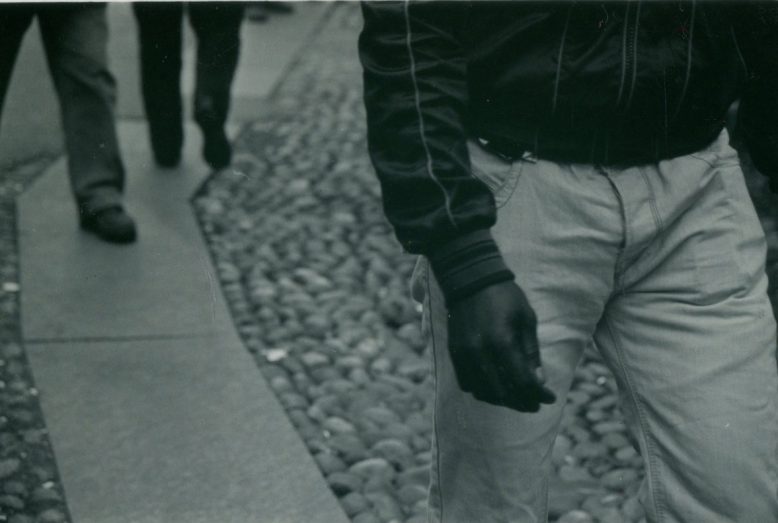 Rosalind Nashashibi, Shelter for a New Youth, 2011
Rosalind Nashashibi, Shelter for a New Youth, 2011
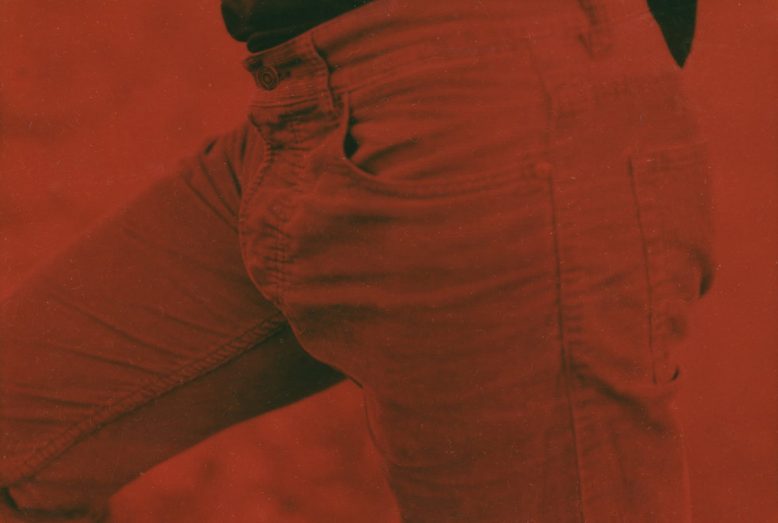 Rosalind Nashashibi, Shelter for a New Youth, 2011
Rosalind Nashashibi, Shelter for a New Youth, 2011
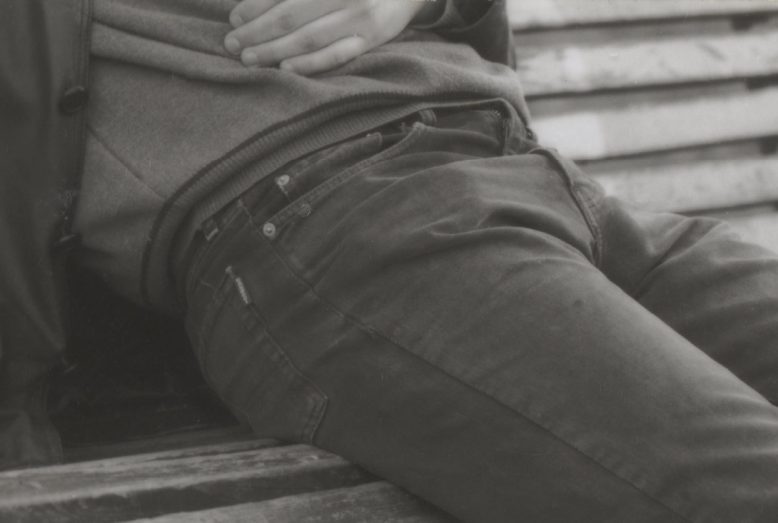 Rosalind Nashashibi, Shelter for a New Youth, 2011
Rosalind Nashashibi, Shelter for a New Youth, 2011
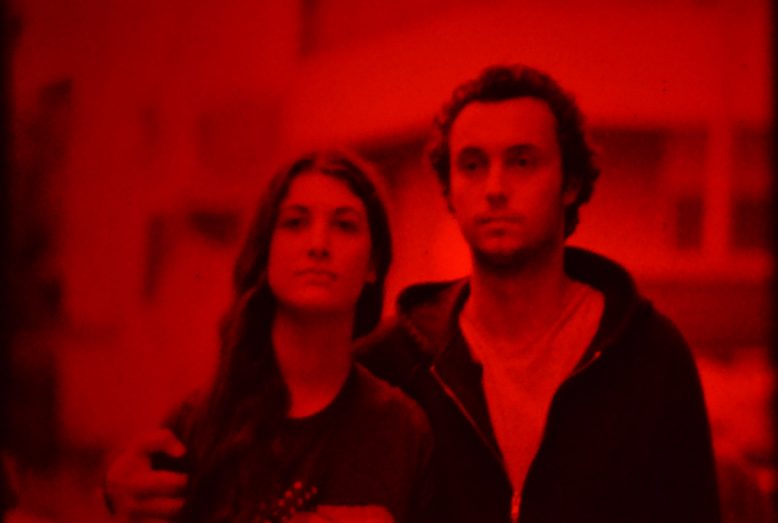 Rosalind Nashashibi, Carlo's vision, 2011. Courtesy Peep-Hole, Milan and Nomas Foundation, Rome. Ph. Stefania Scarpini
Rosalind Nashashibi, Carlo's vision, 2011. Courtesy Peep-Hole, Milan and Nomas Foundation, Rome. Ph. Stefania Scarpini
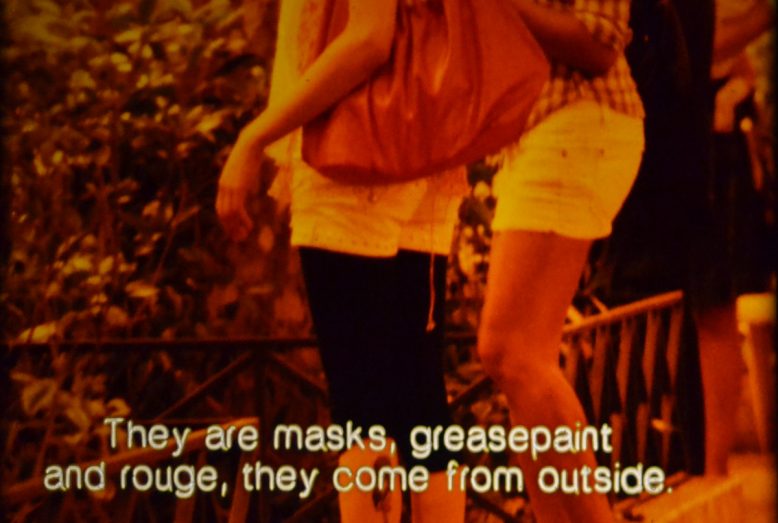 Rosalind Nashashibi, Carlo's vision, 2011. Courtesy Peep-Hole, Milan and Nomas Foundation, Rome. Ph. Stefania Scarpini
Rosalind Nashashibi, Carlo's vision, 2011. Courtesy Peep-Hole, Milan and Nomas Foundation, Rome. Ph. Stefania Scarpini
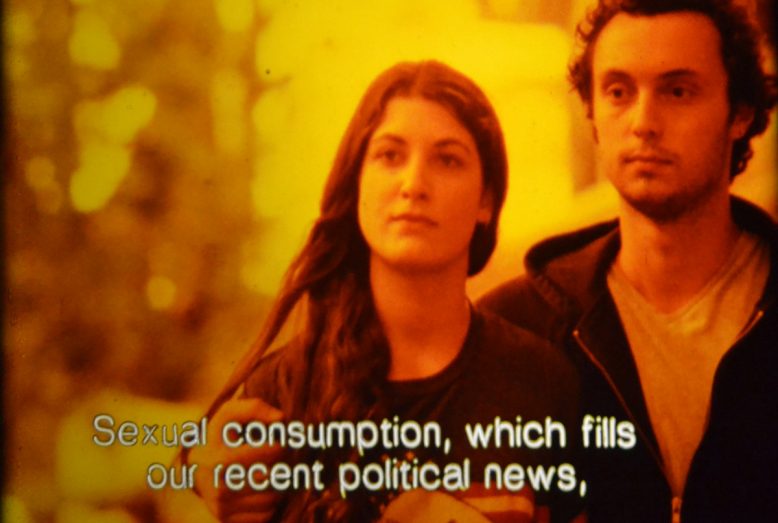 Rosalind Nashashibi, Carlo's vision, 2011. Courtesy Peep-Hole, Milan and Nomas Foundation, Rome. Ph. Stefania Scarpini
Rosalind Nashashibi, Carlo's vision, 2011. Courtesy Peep-Hole, Milan and Nomas Foundation, Rome. Ph. Stefania Scarpini
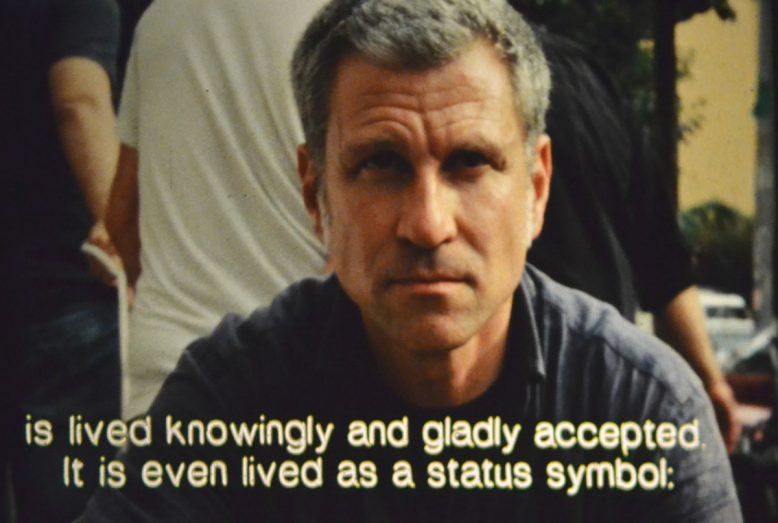 Rosalind Nashashibi, Carlo's vision, 2011. Courtesy Peep-Hole, Milan and Nomas Foundation, Rome. Ph. Stefania Scarpini
Rosalind Nashashibi, Carlo's vision, 2011. Courtesy Peep-Hole, Milan and Nomas Foundation, Rome. Ph. Stefania Scarpini
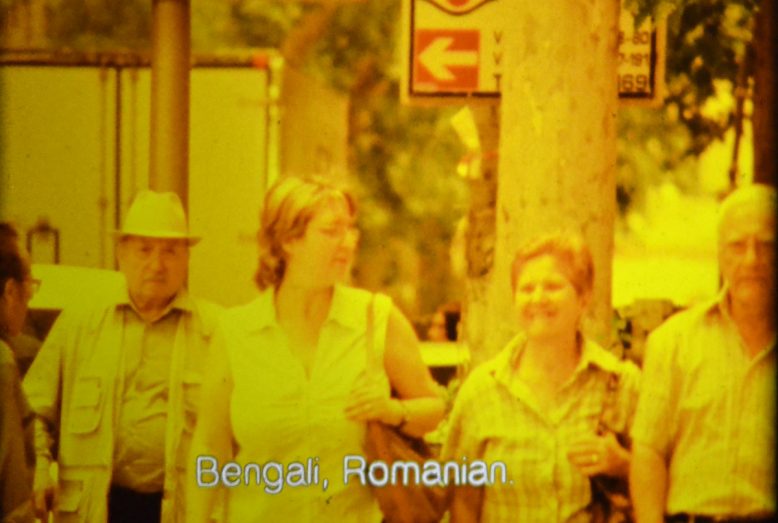 Rosalind Nashashibi, Carlo's vision, 2011. Courtesy Peep-Hole, Milan and Nomas Foundation, Rome. Ph. Stefania Scarpini
Rosalind Nashashibi, Carlo's vision, 2011. Courtesy Peep-Hole, Milan and Nomas Foundation, Rome. Ph. Stefania Scarpini
 Rosalind Nashashibi, Carlo's vision, 2011. Courtesy Peep-Hole, Milan and Nomas Foundation, Rome. Ph. Stefania Scarpini
Rosalind Nashashibi, Carlo's vision, 2011. Courtesy Peep-Hole, Milan and Nomas Foundation, Rome. Ph. Stefania Scarpini
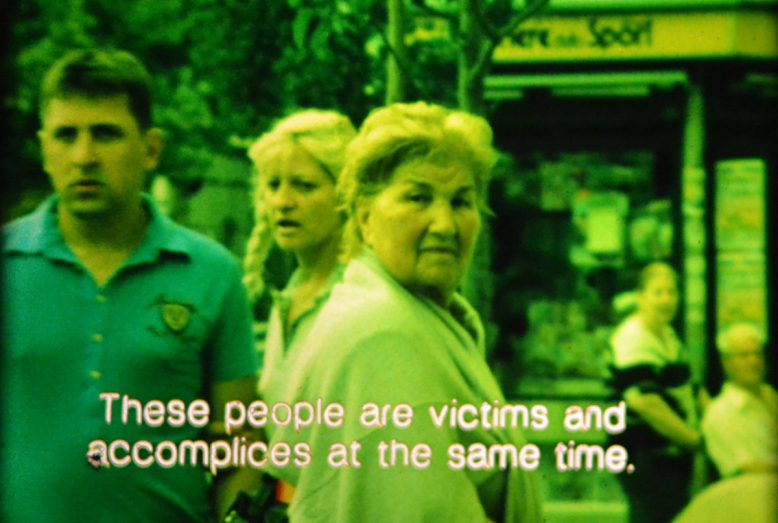 Rosalind Nashashibi, Carlo's vision, 2011. Courtesy Peep-Hole, Milan and Nomas Foundation, Rome. Ph. Stefania Scarpini
Rosalind Nashashibi, Carlo's vision, 2011. Courtesy Peep-Hole, Milan and Nomas Foundation, Rome. Ph. Stefania Scarpini
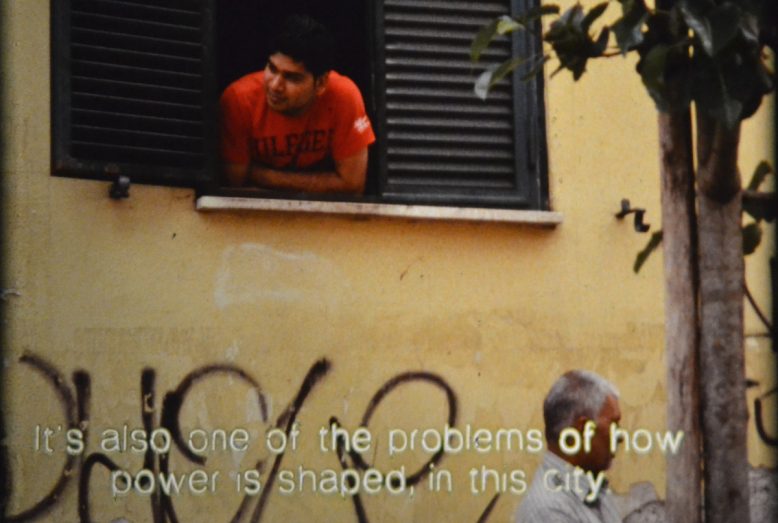 Rosalind Nashashibi, Carlo's vision, 2011. Courtesy Peep-Hole, Milan and Nomas Foundation, Rome. Ph. Stefania Scarpini
Rosalind Nashashibi, Carlo's vision, 2011. Courtesy Peep-Hole, Milan and Nomas Foundation, Rome. Ph. Stefania Scarpini
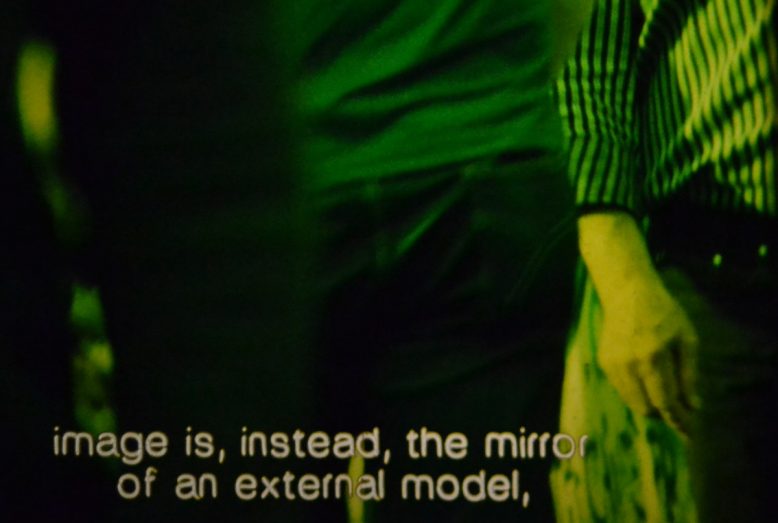 Rosalind Nashashibi, Carlo's vision, 2011. Courtesy Peep-Hole, Milan and Nomas Foundation, Rome. Ph. Stefania Scarpini
Rosalind Nashashibi, Carlo's vision, 2011. Courtesy Peep-Hole, Milan and Nomas Foundation, Rome. Ph. Stefania Scarpini
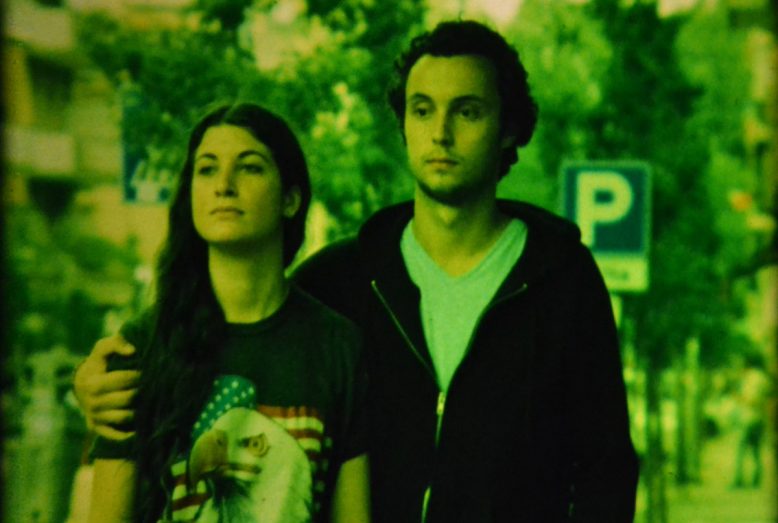 Rosalind Nashashibi, Carlo's vision, 2011. Courtesy Peep-Hole, Milan and Nomas Foundation, Rome. Ph. Stefania Scarpini
Rosalind Nashashibi, Carlo's vision, 2011. Courtesy Peep-Hole, Milan and Nomas Foundation, Rome. Ph. Stefania Scarpini
Curated by Vincenzo de Bellis and Bruna Roccasalva
September 15th – November 5th, 2011
Opening: Wednesday September 14th, 2011, 6.30pm
Peep-Hole, via Panfilo Castaldi 33, Milan
Wednesday, 14 September Peep-Hole presents La Visione di Carlo (Sacro e Profano) [Carlo ºs Vision, Sacred and Profane], the first institutional solo exhibition in Italy by Rosalind Nashashibi, developed in collaboration with Nomas Foundation, Rome.
The exhibition takes the form of a diptych divided in two venues subtitled respectively Sacro e Profano and Vizi di Forma [Sacred and Profane and Body Habits].
The common element and leading thread of the two exhibitions is the new film Carlo ºs Vision (2011) commissioned by Nomas Foundation and Peep-Hole and produced by the Stefano and Raffaella Sciarretta Collection.
The main space at Peep-Hole is devoted entirely to the projection of Carlo ºs Vision, a 16mm film (11 min.) based on an episode from the unfinished novel Petrolio by Pier Paolo Pasolini. Petrolio gives us a picture of the contemporary Italian society, offering a crucial contribution to the understanding of what happened in Italy in the Sixties and the Seventies. Nashashibi moves from the vision of the main character, Carlo. The artist ºs intention is not to make the vision as Pasolini described it into a film but rather to shift the vision in today ºs context and let it clash with reality. The structure, the main characters and props are taken from the novel, but the rest is left to reality and observation. Petrolio was set at the end of the Sixties, while Nashashibi ºs film sets the vision in Via di Tor Pignattara this past summer. A voice-over describes the scene: we see a young man, the Shit [il Merda], and his fianceÃÅe Cinzia, while Carlo ‚Äì the leading character ‚Äì is sitting on a director ºs dolly that is dragged for the entire 700 metres of Via di Tor Pignattara by three characters Pasolini defines as Gods. Carlo can ºt see them, but it is through their eyes that, as in an illumination, he observes everything happening around him. One of the three is mute, whereas along the way the other two express their opinions about their surroundings. Two voices that alternate in the story without ever confronting each other; the two Gods never react to each other ºs words and offer a dual interpretation of reality through the perspective of a flaunted sexuality, on the one hand, and the one of a historical and political degeneration on the other. Both are recognizable in the street they walk, which becomes a magnifying glass examining Rome and all of Italian society. In the film, reality and vision approach each other, overlapping continuously.
The dichotomy is also the basis for the second work on show, Shelter for a New Youth (2011), in which the artist first showed her interest in Petrolio. The work was completed earlier this year for the Sharjah Biennial and it comprises photographs of male crotches and painted panels showing the hands of Mickey Mouse as the hands of Buddha. One hand is pointed upwards and the other downwards, in a gesture that suggests openness and acceptance but also ambivalence.
The strange hybrid between the codified gesture of a sacred image and a pop icon of the 20th century, between the spiritual and the material, is repeated in the juxtaposition of the diptych with the earthy and crude, violent and comic, raw and powerful subject of the photographs. It is in this juxtaposition that the real and the imaginary, the sacred and the profane, encounter each other once more, interweaving and overlapping.
The research of Rosalind Nashashibi (1973) is focused on the aesthetic of everyday life in urban environments. The artist moves away from representation to privilege experience as the locus of consciousness. Often two elements are juxtaposed in order to make visible different layers of reality that coexist in one moment, or a constructed scene, a fiction is set into a real situation. She mainly works with cinema, where the melancholic drift of time passing places the viewer in a position of experiencing the present. Her most recent solo exhibitions include those at Tulips and Roses, Brussels (2010); ICA, London (2009); Bergen Kunsthall, Bergen (2009); Kunstlerhaus, Stuttgart (2009); Presentation House, Vancouver (2008); Professional Gallery, OCAD, Toronto (2008); Berkeley Art Museum, Berkeley (2007); Art Basel Statements with Harris Lieberman (New York), Basel (2007); Kunsthalle, Basel (2004); Tate Britain, London (2004). She has also participated in numerous group exhibitions such as: Time Again, SculptureCenter, New York (2011); The Art of Narration Changes with Time, Galerie Sprueth Magers, Berlin (2011); Erre (Variations Labyrinthiques), Pompidou Metz (2011-2012); Repetition Island, Centre Pompidou, Paris (2010); Into the Belly of a Dove, Tamayo Museum, Mexico City (2010); Sculpture of the Space Age, David Roberts Art Foundation, London (2009); Displaced, UCLA, Los Angeles (2003). She also participated in the Sharjah Biennial X, Sharjah (2011); Manifesta 7, Trento (2008); the Venice Biennale, Venice (2007, 2003); the Momentum Nordic Biennial (2011, 2006); the Berlin Biennial, Berlin (2008; with Lucy Skaer).